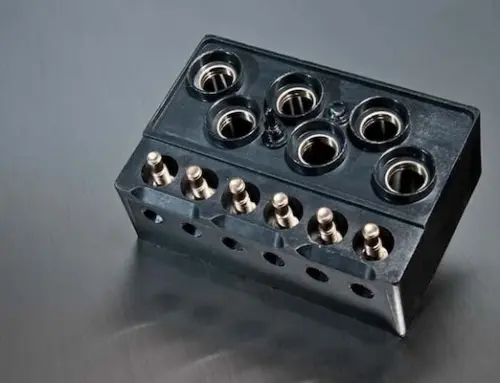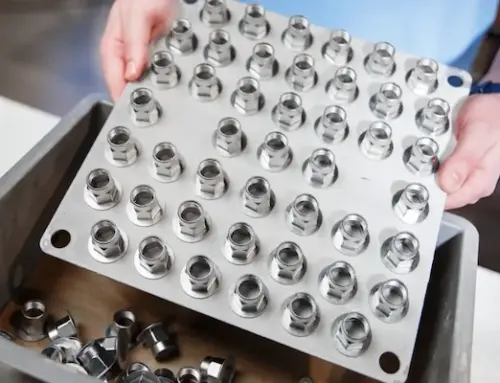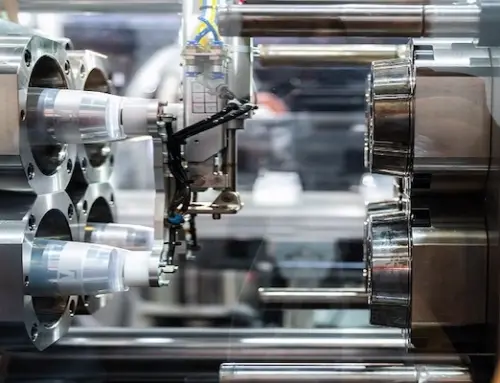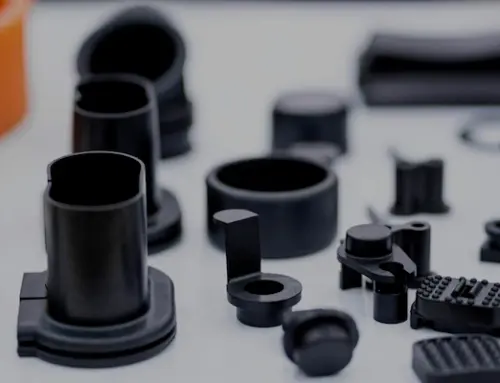Before any injection molding machine project, any injection molding company in China knows how important it is to determine the press size of an injection molding machine.
For customers who are new to this industry, larger scale is not always better. The injection molding process may still be simple, but this is not always the case, because different industries have different requirements for injection molding plastic parts.
Manufacturers must ultimately follow guidelines for injection molding of large plastic parts so that the manufacturing process remains consistent and meets strict tolerances.
1. What is Injection Molding of Large Parts?
There is not much difference between ordinary injection molding and large part molding. In both methods, the prefabricated resin particles are first poured into the hopper, passed through the nozzle, and transported through the runner of the mold after heating.
However, the main difference is related to tonnage, which directly affects the clamping force of the machine. When the surface area of the molded part is quite large, this also requires a greater tonnage mechanically-usually classified as a clamping force of 500 tons or more.
2. Choose the Right Equipment
In summary, if you want to prototype any large plastic parts, you must ensure that your manufacturer has the correct type of equipment.
Generally speaking, a large injection molding machine takes up too many resources. The industry standard sets the size of large molding equipment to 40′ x8 x8. Due to their huge size, their price may exceed $250,000.
Any standard plastic molding machine designed for large parts needs the help of other equipment to support it. This is because the parts processed and discharged by these machines often weigh more than 10,000 pounds and require heavy machinery to lift, transfer and store in designated locations.
Just as your company must choose a company to store these machines, you also need to consider their capabilities. Ask your potential mold company whether their manufacturing plant is large enough to accommodate these machines and large molds.
If needed, make sure they also have the resources to operate, maintain, and repair the components of these large-tonnage machines.
3. Gas-assisted Injection Molding
One of the innovative developments in injection molding is gas assist injection molding, which improves the production of plastic parts. A large part molding manufacturer will want to add gas assist injection molding to their process because this can improve quality, greatly reduce cycle time, and reduce the weight of finished parts.
When plastics are heated, cooled or undergo any kind of reversible physical transformation, stresses are often introduced during their work. When the part cools, these internal stresses cause the material to shrink or crack. In order to prevent this from happening, gas assist injection molding is introduced into the molding system.
This is done to ensure that all the molten resin required by the mold fills its cavity and the material maintains stable surface contact throughout the cycle. In addition to the large tonnage required by any large-scale molding process, the special gas-assisted implementation also needs to meet the requirements of large-scale manufacturing.
The use of gaseous media can make the pressure better dispersed throughout the molding process, thereby reducing the injection rate or hydraulic injection pressure, because the molten resin enters the cavity from the runner.
4. Maintain Fuel Injection Pressure
Different types of pressure play a role in a molding cycle. As you learned before, one of them is the clamping force, or the force required to close the mold during the injection process.
When the low clamping force/pressure is not configured to the correct value, the mold will open prematurely, resulting in flashes on the part. Knowing this, the machine operator should understand how to properly control the opening and closing of the mold.
This process is strictly supervised by mold operators because the performance of the machinery affects the number of parts per hour, cost and cycle time. Therefore, when it comes to injection pressure (an injection molding force exerted by the reciprocating screw in the machine), it should always be balanced with the clamping pressure of the machine.
The calculation of injection pressure can be done by determining the size, shape and gate size of the part. Molding companies usually want to produce as many large parts as possible in a cycle, because this can reduce time-consuming and labour costs.
However, due to machine limitations, this is not always possible. For example, an empty cavity will make the resin liquid flow easier because of the lack of resistance at the beginning of the cycle.
However, when the cavity is filled to 90% or more, the spikes in pressure cause flashing or force the mold to open. This is why the injection pressure must be controlled at the switching point when the cycle starts to switch to the holding pressure.
5. Determine the Wall Thickness
Finally, injection engineering of large parts always considers the wall thickness of the mold. Ideally, a thicker wall section will provide a moving volume or space for the molten plastic resin to flow.
Not only that, but they also provide good insulation for the resin, allowing the resin to flow freely and further through the cavity of the mold without the need for increased pressure.
When working with a plastic molding company to determine the mold design, try to choose a mold with a larger wall thickness. The cost of manufacturing pre-hardened steel molds may be higher, but due to the reduction of mold problems, you will eventually get better cost savings.
6. Conclusion
In this short guide on injection molding of large plastic parts, you have addressed some of the many few requirements that are required before starting any large injection molding project.
As mentioned above, the injection molding process involves similar steps, but large parts have special requirements. For any successful large part mold, you must be able to cooperate with a professional mold company in China.
We have the right machine tonnage available, can perform gas assist and will assist you throughout the project life cycle.






Leave A Comment